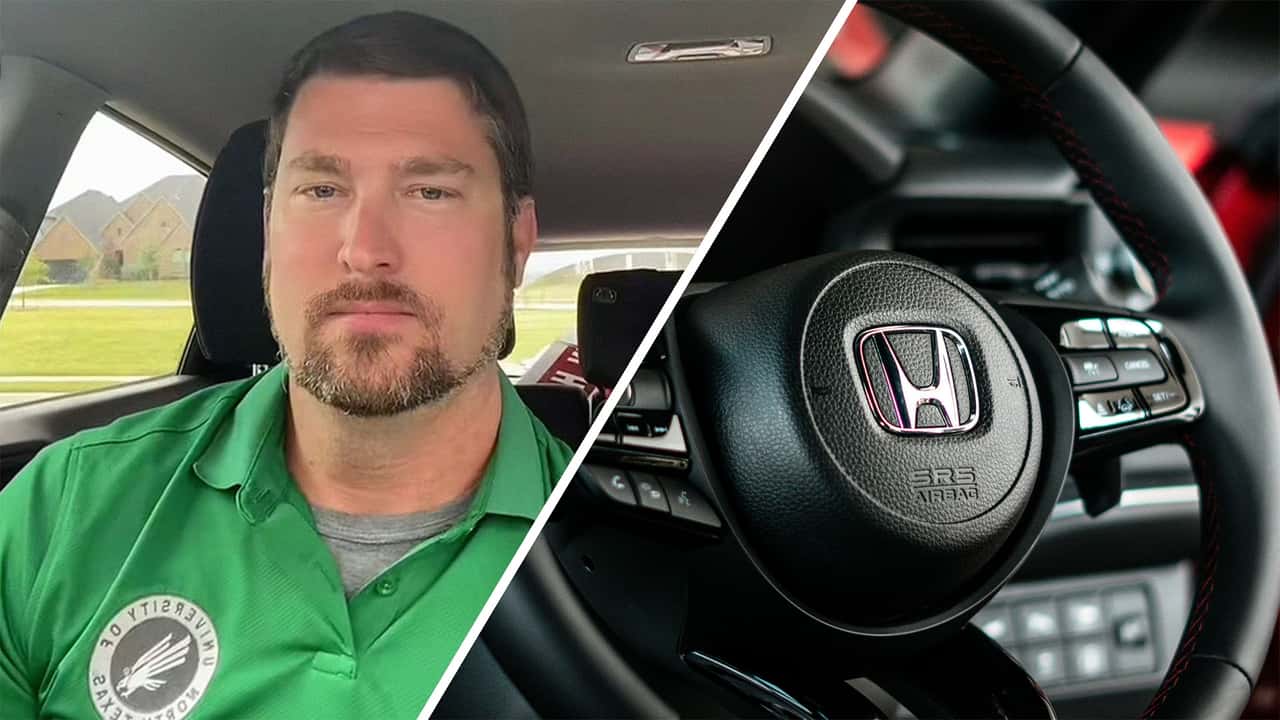
Dallas Man Quoted $7,000 at Dealership After a Light Goes Off In His Car. Then He Takes It To His Mechanic. They Fix it for $125


In the span of a single day, a red airbag light in a late-model Honda Odyssey triggered two radically different diagnoses—one from a dealership, the other from a trusted local mechanic. The difference? $6,875 and a whole lot of trust.
In a viral TikTok clip, Dallas-area Realtor Jonathan Morsinkhoff (@morsinkhoffrealestate) takes viewers through the dread and disbelief of allowing a little bit of trust for the staff staffing the repair center at his local Honda dealership.
Morsinkhoff’s story starts with a common, nagging warning: a red airbag light on the dashboard of his wife’s 2020 Honda Odyssey. Although the van was less than three years old at the time, its odometer had surpassed the 36,000-mile mark, placing it outside the three-year/36,000-mile bumper-to-bumper warranty window that Honda offers.
Worried it might signal something serious, or that the issue might qualify as a recall, he booked an appointment at the dealership. Two days later, after carving time out of a hectic family schedule with three kids, Morsinkhoff dropped off the Odyssey at his local Honda service department at 8 a.m.
Several hours later, a text message arrived with a quote: $7,000.
According to the dealership, the likely culprit was a fault in the passenger seat’s airbag system wiring harness, a deeply integrated component that would require removing a large portion of the vehicle’s interior to access and replace. Modern vehicles, such as the Odyssey, feature complex airbag systems with sensors located in multiple areas, including driver and passenger frontal airbags, seat-mounted side airbags, and side curtain airbags. Some even include seat-integrated airbag modules, which can further complicate repairs.
The dealership’s message explained that their technicians were unable to pinpoint the exact fault location and thus recommended replacing the entire airbag wiring harness. That’s a labor-intensive job that Morsinkhoff was told involves stripping back the trim, lifting the carpeting, and removing the seat rails to access the buried cabling.
While Morsinkhoff understood that post-collision electrical gremlins could be complex—his wife’s Odyssey had been in a front-corner crash about eight months earlier—something about the quote didn’t sit right. So, he did what every seasoned car enthusiast recommends when faced with a four-figure service estimate: He got a second opinion.
1 Mechanic, 2 Hours, $125
The next morning, Morsinkhoff brought the Odyssey to his longtime mechanic, a shop he described as honest, experienced, and familiar with the family’s vehicles.
He followed his wife’s advice not to say a word about the dealership’s diagnosis. Let the shop run their codes, troubleshoot the issue independently, and see what they find.
Less than two hours later, the phone rang. The mechanic had already pulled the airbag fault codes, identified the issue as a loose connector under the driver’s seat (not the passenger’s), removed and reseated the wiring harness plug, and verified that the airbag system reset cleanly.
Total cost: $125.
No interior teardown. No multi-day wait. No thousands in parts and labor.
This is a prime example of how real-world experience and logical diagnostics often outperform the “parts cannon” approach sometimes taken by dealership service departments. While many factory technicians are highly trained, dealership shops operate under strict time-billing and warranty reimbursement structures, which can push them toward replacing large systems rather than pinpointing the most cost-effective fix.
And the loose connector? That kind of issue, which is often caused by vibration, previous repairs, or just time, is common enough to warrant basic inspection before reaching for the parts list.
According to national estimates, airbag sensor repairs or harness issues typically range from $100–$600, depending on the location and severity. A $7,000 job is a statistical outlier unless a complete supplemental restraint system rebuild is involved.
For Morsinkhoff, the conclusion was simple: “This is why I don’t trust anybody else with my cars.”
Motor1 reached out to Morsinkhoff via phone. We’ll update this article if we hear back.
‘I’m Still Not Telling People I Drive a…’: Driver Buys the ‘Temu Range Rover.’ It Keeps McDonald’s McFlurries Cold
‘It Was Cheaper Than if You Bought It Normally:’ Woman Says Everyone Always Asks About Her Car. She Got It Off Amazon